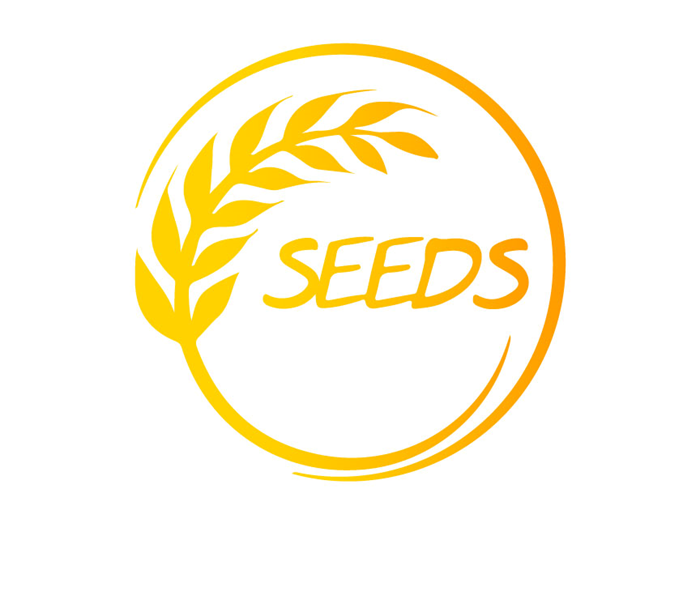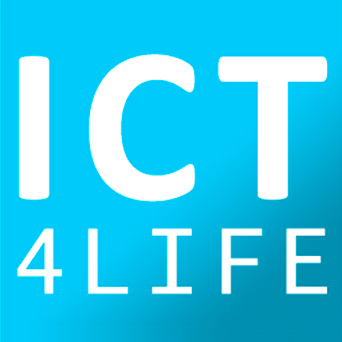Blocking the aggregation promoting ATXN1Q82-MED15 protein-protein interaction

|
Funding Organization
|
GSRT |
|
Funding Programme
|
Hellenic Foundation for Research and Innovation |
|
Funding Instument
|
PRIMA - partnership for research and innovation in the Mediterranean Area |
|
Starting Date
|
July 19, 2018 |
|
Duration
|
36 |
|
Total budget
|
|
|
ITI budget
|
|
|
Scientific responsible
|
Dr. Petros Daras |
ATXN1-MED15 PPI
Blocking the aggregation promoting ATXN1Q82-MED15 protein-protein interaction Polyglutamine (polyQ) diseases comprise a group of neurodegenerative disorders caused by a trinucleotide (CAG) repeat expansion/mutation within the coding region of various genes. In the case of Spinocerebellar ataxia type 1 (SCA1), CAG expansions in ataxin-1 (ATXN1) gene results in longer polyglutamine chains in the produced protein. A striking feature of the polyQ protein is its ability to form toxic species and misfold into oligomers that slowly aggregate into larger insoluble inclusions in the nucleus.
In the last decade a fairly large number of proteins has been reported to influence toxicity and aggregation of polyQ proteins in yeast, worm or flies. However, whether their human homologues are relevant for SCA1 pathogenesis and can be used for experimental therapeutic approaches remains to be investigated. To answer this question, human modulators were screened for their effect on the toxicity/aggregation of human ATXN1 and it was found that MED15 protein strongly enhances aggregation and toxicity of polyQ ATXN1.
The aim of ATXN1-MED15 PPI project is to research and develop novel computational protein-protein docking tools for predicting the protein-protein interaction (PPI) site between polyQ ATXN1 and MED15, as well as virtual screening tools to identify compounds that would resemble the structure of a PPI site and potentially block it, thus, suppress poly ATXN1 protein aggregation. The results of these computational methods will be experimentally validated.















